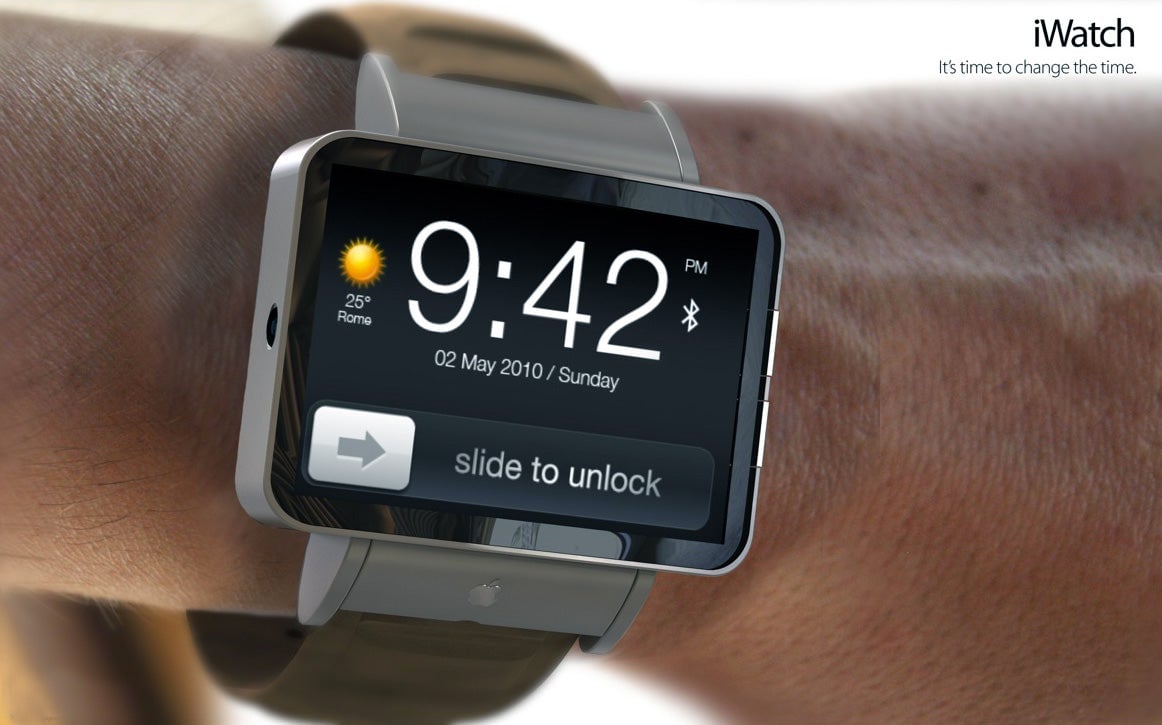If Apple’s iWatch ever comes, most people are probably going to hate it
Everyone is worked up about a potential iWatch. Bloomberg estimates that a 10% share of the world’s $60 billion watch market, with a 60% gross margin, which is typical for high end watches, would yield $3.6 billion in revenue for Apple.

Everyone is worked up about a potential iWatch. Bloomberg estimates that a 10% share of the world’s $60 billion watch market, with a 60% gross margin, which is typical for high end watches, would yield $3.6 billion in revenue for Apple.
That’s if the device even exists. We’ve been hearing about Apple building its own TV for years, mostly on account of one consistently-wrong Piper Jaffray analyst, Gene Munster. And there’s reason to believe that the iWatch is no less mythical a beast.
At least one detail of the iWatch story casts doubt on the reliability of the source of these rumors—that there are “about 100” product designers working on it. In the past, Apple has been public about the fact that all of its products are designed by a core team of just 15 or 16 designers under the direction of lead designer Jony Ive. Other rumors have it that Apple is collaborating with Intel on the design of a watch, which, given Apple’s culture of secrecy, is extremely unlikely.
But let’s say the iWatch does exist, and that, as reported, it will be announced by the end of 2013. Judging by the so-so reception for the Pebble Smartwatch, probably the best of breed in this category right now, making a smart watch is an extremely difficult thing. It has to be small, which means a harsh tradeoff between display quality and battery life; the Pebble and its ilk have dull black-and-white LCD or e-ink screens. And whatever form it takes, it will probably, at least at first, be used chiefly as a second screen for the smartphone in your pocket or bag, to which it will tether wirelessly. Most people are going to wonder if that’s worth spending money on.
But it’s worth remembering the initial reception of Apple’s first iPhone. Critics hated its fiddly touchscreen keyboard (“It won’t replace a BlackBerry” was one famously inaccurate prophecy) and the lack of other features, such as 3G, already standard on other phones. Microsoft CEO Steve Ballmer said there was “no chance” it would gain any significant market share. The first iPhone didn’t even have an app store, the breakthrough that would eventually propel it to dominance.
And so it will be with the first iWatch. By definition, it won’t be as slick as the second or third or fourth versions, and it might, like the original iPhone, only be as functional as it needs to be to carry out its rumored tasks, like helping people pre-screen calls or preview text messages. Critics will declare Apple’s innovation engine dead. No amount of cautiously positive reviews will stop the headlines about Apple’s grand folly.
Apple, meanwhile, will slowly iterate on the iWatch until wearing a smart watch is as natural as carrying a smartphone. That is, of course, if it’s even building one.